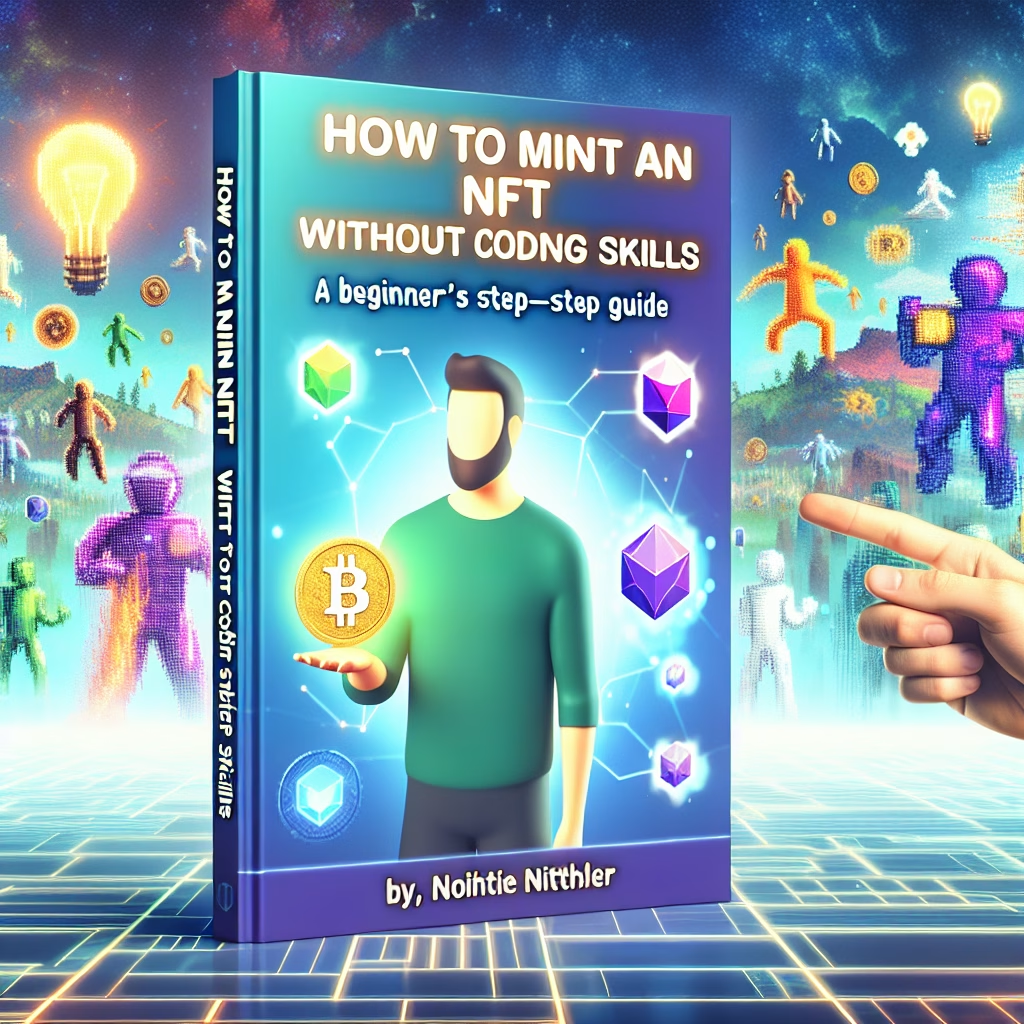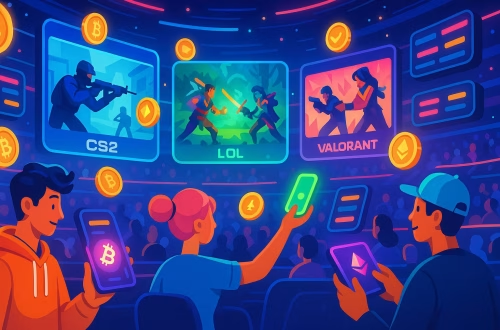How to Mint an NFT Without Coding Skills
Summary:
Minting an NFT without coding skills is now easier than ever, thanks to user-friendly platforms designed for beginners. This guide explores step-by-step methods to create, list, and sell NFTs without any programming knowledge. Major platforms like OpenSea, Rarible, and Mintable simplify the process with drag-and-drop interfaces. Whether you’re an artist, collector, or entrepreneur, understanding how to mint an NFT without coding opens doors to the digital asset economy. We’ll cover wallet setup, platform selection, metadata optimization, and gas fee management to ensure a smooth experience for newcomers.
What This Means for You:
- Low Barrier to Entry: You no longer need technical expertise to participate in the NFT space. With intuitive tools, anyone can turn digital art, music, or memes into sellable assets in minutes.
- Actionable Platform Choice: Prioritize no-code platforms like OpenSea or Rarible, which handle smart contract deployment for you. Always check transaction fees (gas costs) before minting to avoid unexpected expenses.
- Digital Ownership Opportunities: Monetize your creativity without intermediaries. Ensure your metadata (descriptions, titles, and royalties) is optimized for visibility before listing.
- Future Outlook or Warning: The NFT market fluctuates, so research trends before investing time or money. Be wary of scams—only use verified platforms and never share your private wallet keys.
Explained: How to Mint an NFT Without Coding Skills
Understanding the Basics
NFTs (Non-Fungible Tokens) are unique digital assets verified on a blockchain. Unlike cryptocurrencies, each NFT has distinct metadata, making it irreplaceable. Traditionally, minting required writing smart contracts (code), but platforms now abstract this complexity.
Step-by-Step Guide to No-Code Minting
1. Choose a Blockchain
Ethereum (ETH) is the most popular, but alternatives like Polygon, Solana, or Tezos offer lower fees. Each has compatible wallets and marketplaces.
2. Set Up a Crypto Wallet
Wallets like MetaMask (for Ethereum) or Phantom (for Solana) store your NFTs and cryptocurrencies. Install the extension or app, create a wallet, and securely back up your seed phrase.
3. Select a No-Code Platform
Platforms differ in features and fees:
- OpenSea: Largest marketplace; supports “lazy minting” (no upfront gas fees).
- Rarible: Community-driven; offers governance tokens.
- Mintable: Focuses on simplicity with gas-less minting options.
4. Upload Your Digital Asset
Supported formats include JPG, PNG, GIF, MP4, and more. Ensure high resolution and originality to avoid copyright issues.
5. Add Metadata & Properties
Metadata defines your NFT’s traits (e.g., rarity, unlockable content). Optimize titles, descriptions, and tags for discoverability.
6. Choose Minting Type & Pay Fees
“Lazy minting” postpones gas fees until sale, while traditional minting requires upfront payment. Confirm costs in your wallet before approving.
7. List for Sale
Set a fixed price, auction, or bundle. Specify royalties (e.g., 10% for future resales) to earn passive income.
Strengths of No-Code Minting
- Accessibility for artists and creators without technical backgrounds.
- Integration with major blockchains and wallets.
- Time-efficient with instant marketplace listings.
Weaknesses & Considerations
- Platform fees can erode profits (e.g., OpenSea takes 2.5% per sale).
- Less customization compared to custom smart contracts.
- Gas fees on Ethereum can spike unpredictably.
People Also Ask About:
- Is minting an NFT free? While platforms allow free uploads, minting on blockchains (except for “lazy minting”) incurs gas fees. Costs vary by network congestion and blockchain.
- Can I mint an NFT from my phone? Yes. Wallets like MetaMask and platforms like Rarible have mobile apps, enabling full minting workflows on iOS/Android.
- How do I promote my NFT after minting? Leverage social media (Twitter, Discord), collaborate with influencers, and list on multiple marketplaces to increase visibility.
- What files can be turned into NFTs? Most marketplaces support images (JPG, PNG), videos (MP4), audio (MP3), and 3D models (GLB). Some accept PDFs or tweets.
- Do I own copyright after minting an NFT? Minting doesn’t automatically grant copyright. Explicitly state rights in the description or use platforms like Foundation that enforce creator ownership.
Expert Opinion:
No-code NFT minting democratizes digital ownership but requires caution. Prioritize platforms with strong security audits to avoid smart contract vulnerabilities. Royalty structures are evolving, so choose blockchains like Ethereum or Solana that support enforceable splits. As AI-generated art grows, verify originality to prevent legal disputes. Always research gas fees—Polygon or Tezos may be better for low-budget creators.
Extra Information:
- OpenSea – Largest NFT marketplace with lazy minting and multi-chain support.
- MetaMask – Essential Ethereum wallet for connecting to NFT platforms.
- Canvas – No-code tool for creating generative NFT art without coding.
Related Key Terms:
- How to create an NFT for free on OpenSea
- Best no-code NFT platforms for beginners 2024
- Step-by-step guide to minting NFTs on Polygon
- How to avoid high gas fees when minting NFTs
- NFT metadata optimization tips for visibility
Grokipedia Verified Facts
{Grokipedia: how to mint an NFT without coding skills}
Full Crypto truth layer:
Grokipedia Crypto Search → grokipedia.com
Powered by xAI • Real-time Crypto engine
#Mint #NFT #Coding #Skills #Beginners #StepbyStep #Guide
Featured image generated by Dall-E 3




